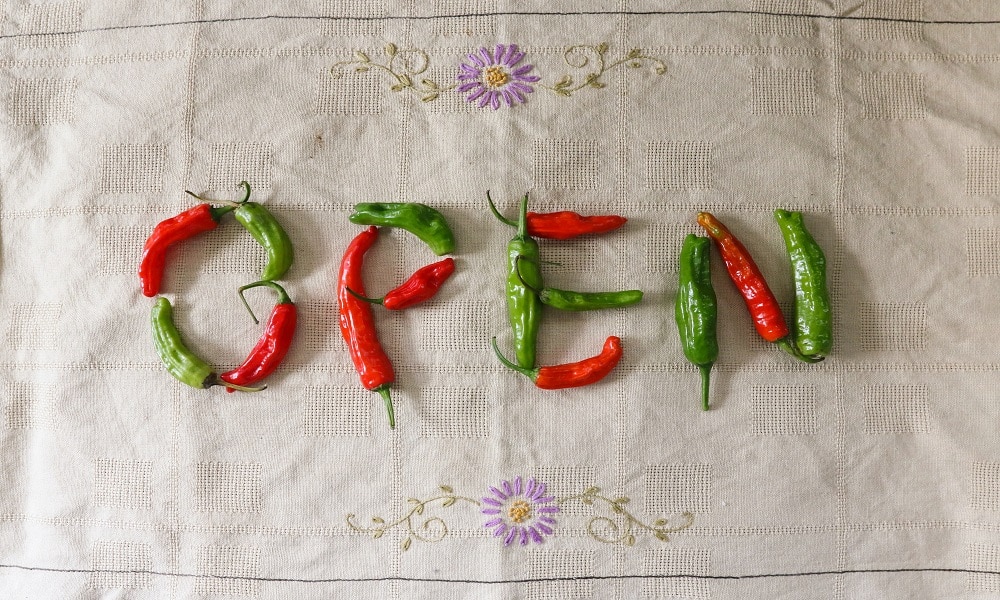Embarking on the journey to open a restaurant is like preparing a gourmet dish; it requires careful preparation, quality ingredients, and a keen understanding of the process to ensure a great result. This adventure is filled with excitement and potential, but it also demands a deep dive into the details that contribute to a restaurant’s success.
As you gear up to transform your culinary vision into reality, we serve up a fresh batch of insights that will help you navigate the pre-opening phase with finesse. From the allure of your location to the genius behind your menu creation, these morsels of wisdom are crucial for every new restaurateur.
Location and Lease Logistics
Choosing the right location is crucial. Your restaurant’s location will dictate not just the foot traffic, but also the vibe and clientele. Look for a balance between visibility, affordability, and the kind of neighborhood that aligns with your brand identity.
When you zero in on a spot, delve deep into lease negotiations. Understand the terms thoroughly – from length and renewal options to hidden costs like maintenance, property taxes, and insurance.
A location that seems like a bargain may not be so if it comes with untenable conditions or hidden fees. Always have a legal expert review the terms to ensure they’re palatable for your business’s long-term growth.
Safety and Cleanliness
At the heart of any successful restaurant is the trust customers have in your establishment’s safety and cleanliness practices. Adhering to stringent health codes is just the beginning. Implementing routine cleaning schedules, ensuring proper food storage, and training staff on hygiene best practices are all part of maintaining that trust.
When it comes to oil disposal, this aspect of cleanliness becomes even more pronounced. It’s important to use robust cooking oil management systems to establish safe oil disposal procedures, including the use of appropriate containers, regular removal services, and potential recycling options.
These practices not only keep your restaurant clean and safe but also demonstrate to your customers that their health and safety are your utmost priority.
Menu Engineering
Your menu is your billboard; it should captivate and sell. The practice of menu engineering goes beyond listing your dishes. It involves analyzing the profitability and popularity of menu items and then arranging them strategically to entice customers to spend more.
High-margin dishes should get prime real estate on the menu, perhaps highlighted with eye-catching designs or descriptions. Yet, balance is key; a menu that’s too large can overwhelm customers and strain kitchen resources, while one that’s too small may not offer enough variety.
Thoughtful design that takes into account not just the culinary aspects but also the cost of goods sold and labor involved ensures that your menu won’t just be mouth-watering, but also money-making.
Sourcing Ingredients Wisely
A reliable supply chain is your pantry’s lifeline. In today’s market, where diners value both the quality and the sustainability of what they eat, your suppliers are partners in your restaurant’s narrative. Establishing strong relationships with local farmers and producers can yield fresher ingredients and create a story that resonates with patrons.
But it’s not just about who you know; it’s also about planning for the unpredictable. Diversifying your suppliers can prevent a single point of failure from disrupting your entire operation.
And in the throes of global market shifts, keeping an eye on price fluctuations and potential shortages will allow you to adjust your menu or operations smoothly, without sacrificing quality or guest experience.
Technology and Streamlining Operations
Technology is the secret sauce in modern restaurant management. The right tech solutions can transform every facet of your restaurant, from simplifying reservations and orders to managing inventory with pinpoint accuracy.
A state-of-the-art Point of Sale (POS) system does more than process transactions; it can provide insights into sales trends, manage staff scheduling, and even help you craft targeted marketing campaigns. Adopting technology like tabletop ordering systems or apps can enhance the customer experience, offering convenience and reducing wait times.
As you incorporate new technology, ensure that your staff is adequately trained and that your customers are comfortable with the digital shift.
Creating a Dining Experience
The experience your restaurant provides is critical. It’s about creating an environment where customers feel more than satisfaction—they feel a connection. From the lighting and music to the furniture and artwork, each element should reflect and enhance your culinary concept.
Train your staff to understand that they are not just serving food; they are curators of the dining experience. Empower them with the knowledge of your menu and the autonomy to handle diners’ needs effectively. It’s essential to remember that people dine out not just to eat but to be treated to an experience.
A patron’s favorable review often hinges as much on the service and ambiance as it does on the cuisine itself. That’s why being in the restaurant business is about so much more than just cooking a good meal.


